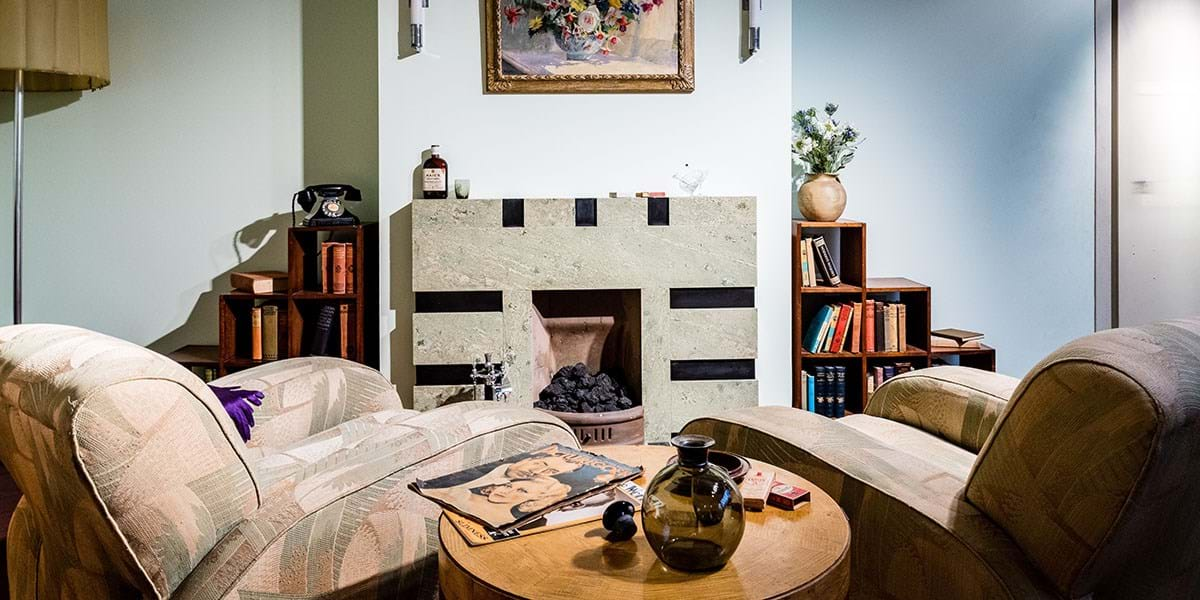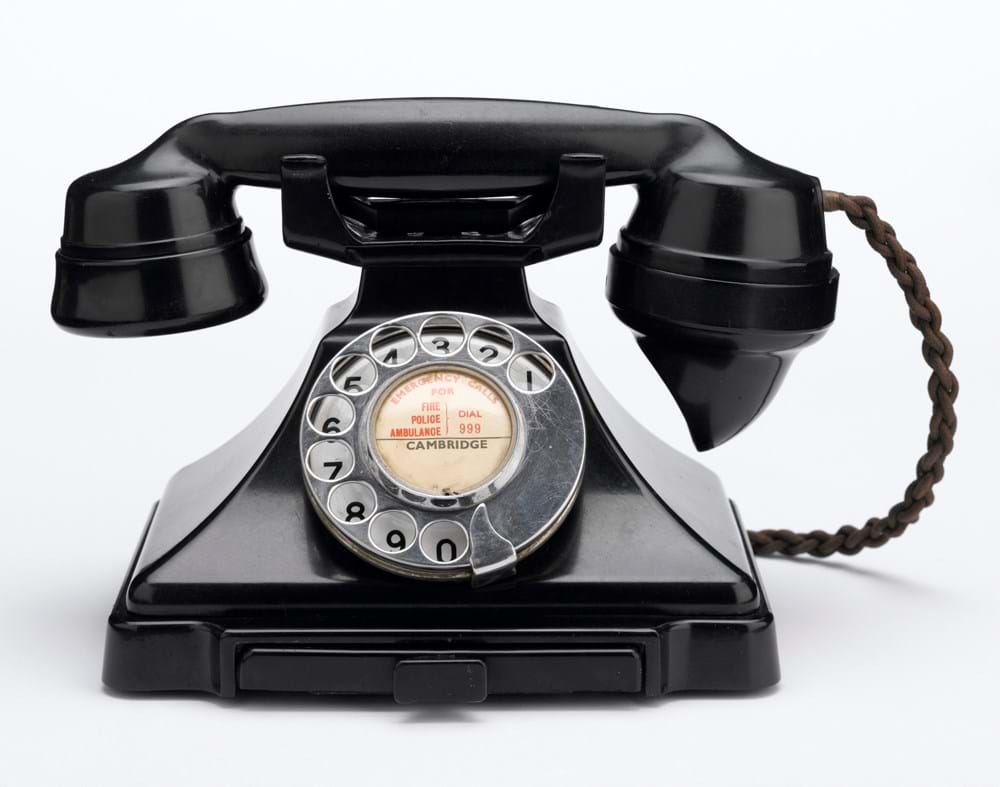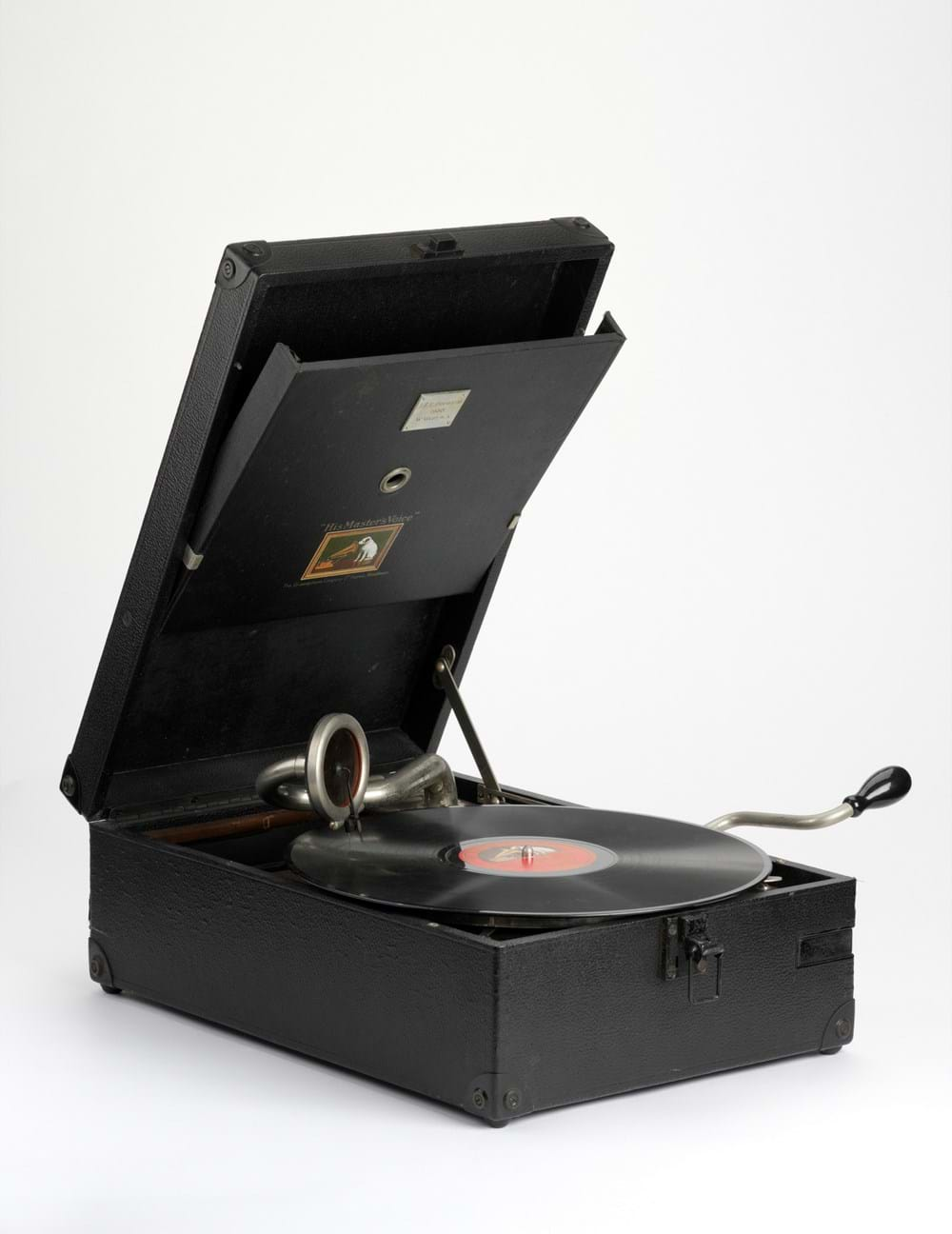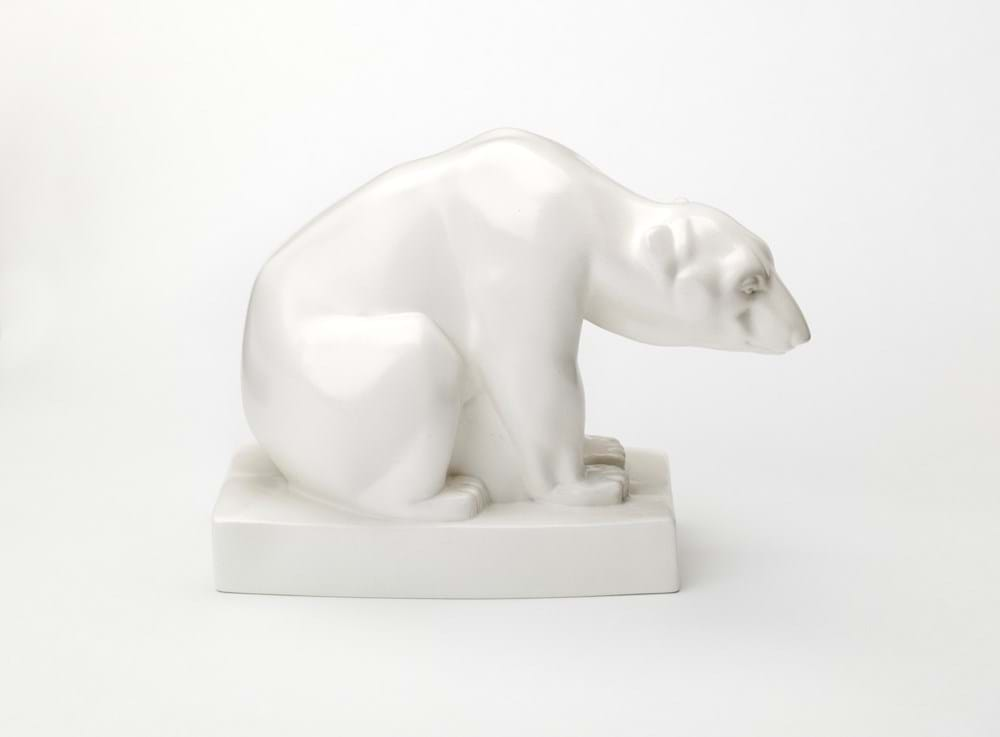A flat in 1937
Convenience was key in newly-built flats like these. They were decked out with all the latest mod-cons to keep the residents warm, clean and comfortable.
 Photograph by Em Fitzgerald
Photograph by Em Fitzgerald
What's happening
It is 8am and the flat's current middle-class resident has just rushed out to work leaving the remains of his cooked breakfast on the table.
Fortunately for him, a maid will soon come to collect his half-eaten meal and dust the room.
The convenience of this serviced flat is a big draw. Not having to clean or cook means he can focus more on work and socialising, although the flats have a bit of a bad reputation because of their popularity with single men.
Objects to look out for
Telephone, 1930–1940
Electrical advancements were an attractive feature of new flats. Having a telephone line connected the living room to the rest of the world.
The telephone, kept on the bookcase at the back of the room, is made of plastic, a favoured material for telephones in the 1930s.
Gramophone, about 1930
Jazz records were popular from the 1920s – they were initially called 'race records' because they were created by black musicians in the Jim Crow era of racially segregated America.
The invention of the phonograph in 1877, then the gramophone in 1888 allowed people to listen to recorded music in their home.
Polar bear ornament, 1927
The polar bear figure was designed by John Skeaping, who based it on sketches he made of real bears at London Zoo.



